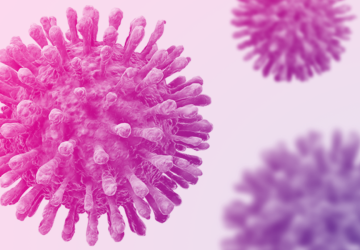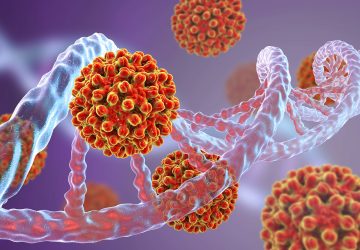1. HemaSpot, A Novel Blood Storage Device for HIV-1 Drug Resistance Testing: HemaSpot, a novel dried-blood storage filter device, was used for HIV-1 pol resistance testing in 30 fresh United States blood samples and 54 previously frozen Kenyan blood samples. Genotyping succeeded in 79% and 58% of samples, respectively, improved with shorter storage and higher viral load, and had good (86%) resistance mutation concordance to plasma.
2. MALDI-TOF-MS Assay to Detect the Hemizygous 22q11.2 Deletion in DNA from Dried Blood Spots.: 100% concordance was observed between FISH/microarray wet blood and MALDI-TOF-MS using newborn DBS with 22q11.2 deletion syndrome.
3. Application of DBS to Determine Vitamin D Status: the Food4Me Project: Seasonal variation for Vitamin D levels in Europeans were measured from self-collected DBS samples from 1465 participants. Lowest levels were seen in January and highest levels in July.
4. Bioanalytical evaluation of dried plasma spot microsampling methodologies in pharmacokinetic studies applying Acetaminophen as model drug: Results from a PK study using dried plasma spots collected by fingerstick were equivalent to reported venous values.
5. Measurement and Comparison of Organic Compound Concentrations in Plasma, Whole Blood, and Dried Blood Spot Samples.: Blood levels of persistent organic compounds, measured by GC-MS, were comparable in wet and dried whole blood and generally higher in plasma.
6. Evaluation of Amount of Blood in Dry Blood Spots: Ring-Disk Electrode Conductometry: The amount of whole blood in a DBS sample was measured by dipping a ring-disk electrode into extraction solution and detecting conductance corresponding to sodium levels.
7. Incident Infection and Resistance Mutation Analysis of Dried Blood Spots Collected in a Field Study of HIV Risk Groups, 2007-2010: DBS field sampling showed utility and cost-effectiveness for surveillance of persons at high risk for HIV infection to assess for disease incidence and drug resistance.
8. Geographic distribution of amino acid mutations in DHFR and DHPS in Plasmodium vivax isolates from Lao PDR, India and Colombia: Whole blood and DBS analysis shows that treatment for malaria with sulfadoxine–pyrimethamine can lead to mutations in the parasite that confer drug resistance.
9. Comparison of Dried Blood Spot Collection Techniques in Nigeria: HemaSpot-HF showed higher concordance with rapid HIV antibody tests than traditional blood spot cards, possibly due to reduced sample contamination during collection and transport.
10. Analytical Chemistry For Assessing Medication Adherence: The costs associated with direct assessment can be reduced without detriment to the information produced, by the use of a finger prick blood sample collected as a dried blood spot (DBS) for the determination of drug or biomarker levels as a measure of medication adherence.
See for yourself how DBS technology is having a growing impact in clinical research. You can also submit a reference for additions to our database, as we look to constantly expand our knowledge engine!



